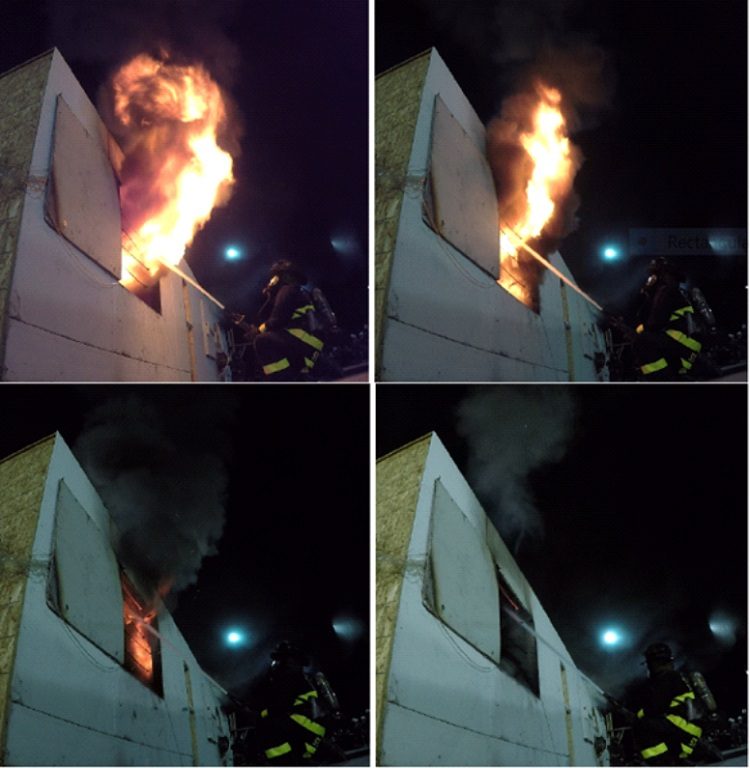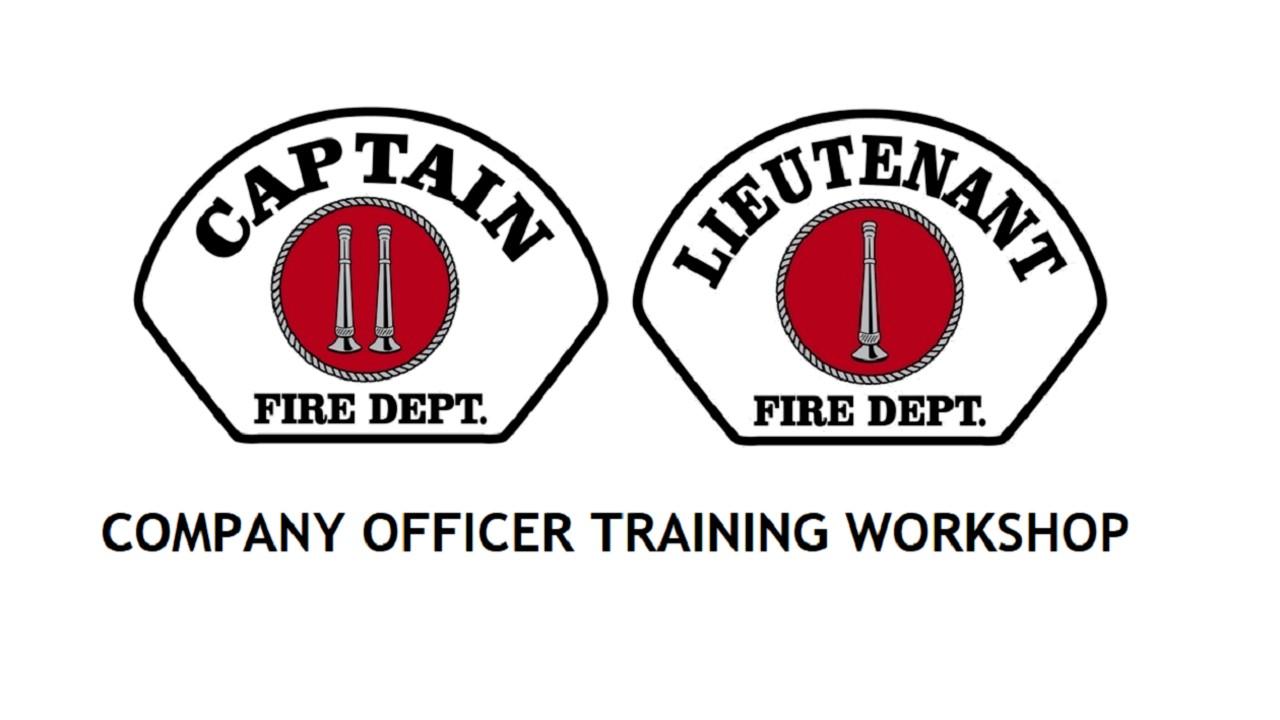TRANSITIONAL FIRE ATTACK

By Dean Guccione - December 19, 2018
I wanted to pass along some info that I read in Fire Engineering magazine this past week, that talks about transitional fire attack. The story was written by Chief P.J. Norwood and Captain Nick J. Salameh, who are Fire Engineering Magazine contributors.
This is more of a summary of portions of the article, but it’s valuable information for you to know, not only as a firefighter, but especially as a potential Company Officer.
And, if you’re department hasn’t begun to train on, or implement some form of Transitional Fire Attack, it is certainly something for your department to consider.
Also, you will have more influence enacting changes in tactical operations of this magnitude, once you become a Company Officer.
When I began my career with the Beverly Hills Fire Department, we only had two ways that we approached a structure fire; offensive with interior fire attack until the fire was extinguished or we were forced out due to the extent of the fire and/or danger of collapse, or defensive mode from the outside, usually with master streams, with the primary objective of protecting the exposures around involved structure.
We knew that if we had to pull out from an interior fire fight, or we had to fight the fire from the outside at the onset, that the building would be a total loss.
However, Transitional Fire Attack not only increases the survivability of viable victims who may be trapped, but significantly improves interior conditions, so firefighters can more easily rescue victims and can more readily advance to the seat of the fire.
Building Construction and Contents are Evolving
As technology improves and lightweight construction is now all around us with solar panels hindering ventilation efforts, and the contents of structures containing more and more synthetic materials, plastics and other non-ordinary combustibles, these types of materials are now becoming ordinary combustibles, so our tactics are also in need of change in certain structural fire conditions.
Which means that the fire service must also be open to changing and adding to the way we fight structure fires, and as you know the fire service is very slow to change, but if we have more advocates like you and me, we can effect the necessary changes we need to be more effective and safe in a very dangerous job.
Transitional Fire Attack
Transitional fire attack is a coordinated fire attack method that is an offensive fireground strategy and tactic.
It is considered offensive because you end up fighting the fire from the interior.
If we were in defensive mode, you would be fighting the fire from the outside with the primary objective of protecting surrounding exposures.
In the case of transitional fire attack, the first line is directed into a window (that is issuing fire and smoke), from the outside at a very steep angle towards the ceiling, using a straight stream, either from a combination nozzle or a smooth bore nozzle (this is considered indirect attack since the water is not being applied directly to the burning fuels in the room).
The member on the nozzle must keep the stream static. In other words, not move the stream and keep it at a steep angle, again directed towards the ceiling in the room.
Keeping the stream directed to one point on the ceiling will prevent air from being pulled into room by the water being applied.
Using a straight stream is not designed or intended to knock back the fire (a state of partial fire extinguishment that is close to full extinguishment and where regrowth is unlikely) by production of steam, but rather the straight stream absorbs a high amount of heat causing the fire gases to contract significantly, without disrupting the thermal balance, which would occur if we used a fog pattern for steam production.
While the first line is being directed into the window from the outside, this allows time for the interior fire attack crew to position and advance their line without the fire growing in size like it normally would with standard interior direct fire attack (direct attack is the application of water directly on the burning fuel). See pics below for the initial water application.

Photos courtesy of Chief P.J. Norwood
As you can see, after only 4 seconds, the proper application of the straight stream directed at the ceiling significantly improves conditions inside the fire room and on the fire floor overall, which improves the chances of victim survivability, while allowing the interior attack crew to reach the seat of the fire without the continued growth of the fire.
If the stream being directed through the window is not being effective, the firefighter must reposition and gain as steep of an angle possible until they see good results.
As you can imagine, transitional fire attack requires very tight coordination between the initial line going into the window from the outside and the interior fire attack crew(s), to be successful, and it’s only useful in certain situations, typically a single room and contents fire either on the first or second floor, which is why training must be a priority for this type of offensive operation to be effective.
Final Thought
As times change and technology changes, we as the fire service must adapt to those changes.
However, the fire service is very slow to change. And with changes to how new buildings, apartments, and single family dwellings are built, our firefighting tactics and strategies must change as well.
Remember, the fire doesn’t know if you’re applying water at a steep angle to the ceiling from the outside, or from a doorway to the fire room. The positive results of this stream application are the same, but being outside initially is much quicker and causes much more positive results and outcomes on certain structure fires.
As your department considers adding Transitional Fire Attack to its arsenal of tactics and strategies, you will find that understanding TFA will not only allow you to anticipate what your Company Officer will do in a given fire situation, but you as a Company Officer candidate will have an added tactic to consider as you study and prepare for your promotional exam.
As you work towards becoming a Company Officer, always have plan B and plan C in your back pocket in the event you need to pivot or if plan A just isn’t working.
Stay safe out there and I look forward to talking you soon.
Dean

COMPANY OFFICER TRAINING WORKSHOP
In this 8 Module Workshop, you will learn how to prepare for all aspects of the Captain's or Lieutenant's Promotional Assessment Center Exam, ensuring that you finish in the top 1% on your department's promotional list.

5 Considerations as You Study for Your Company Officer Assessment Center Exam
Learn the 5 considerations as you prepare for your Captain or Lieutenant Promotional Assessment Center exam. These 5 considerations are necessary to you not only passing your Assessment Center, but to finish with a top score.

